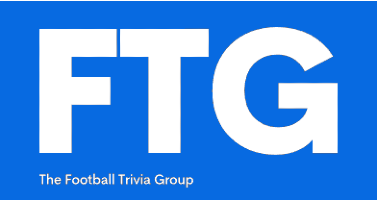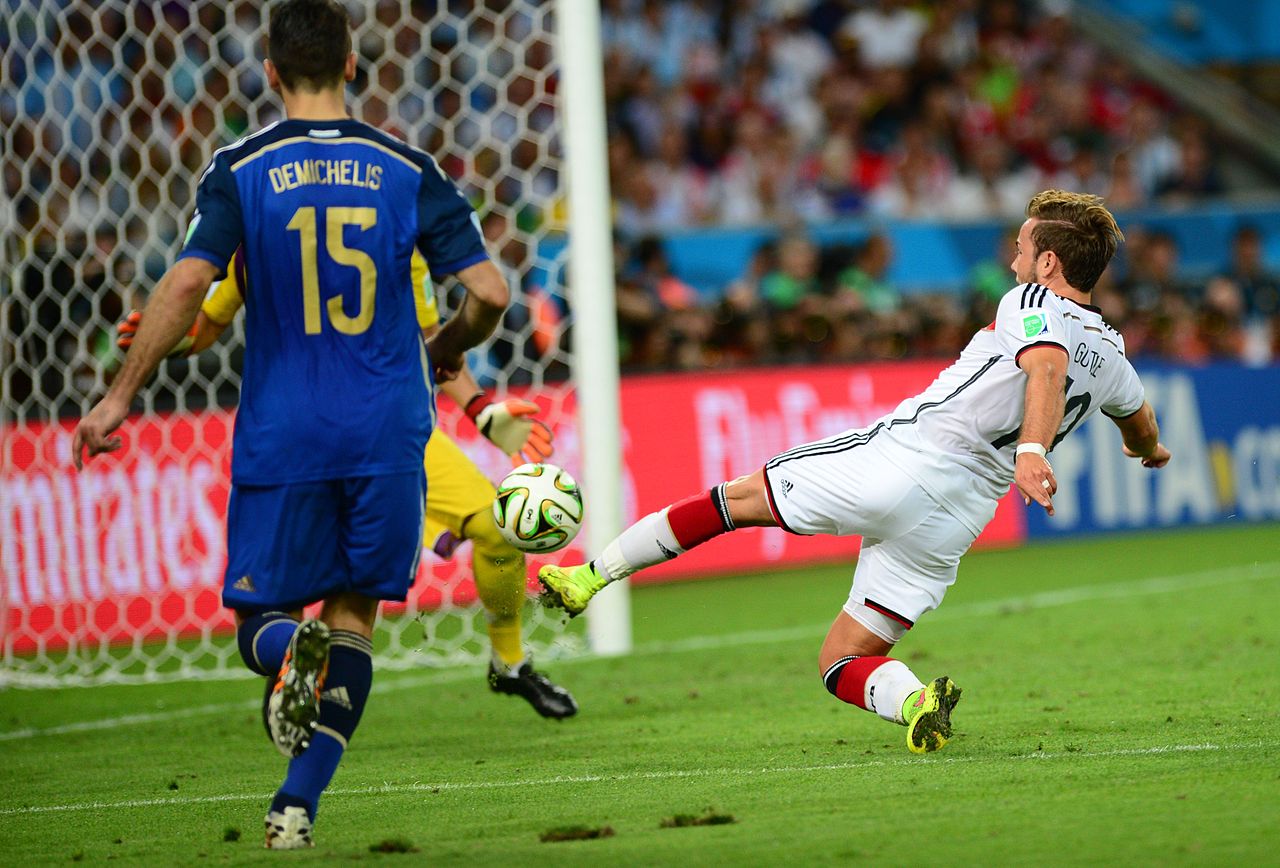2006, Munich, World Cup opening day
Germany
Lahm 6′
Klose 17′, 61′
Frings 87′
4-2
Costa Rica
Wanchope 12′, ’73
2022, Al Khor, World Cup Group E final match
Germany
Gnabry 10′
Havertz 73′, 85′
Fullkrüg 89′
4-2
Costa Rica
Tejeda 58′
Neuer (o.g.) 70′
With a neat, yet unfortunate symmetry, this era of the German national team ends with the same result with which it began. The circumstances, are, inevitably, completely different: sixteen years ago, the team’s recent poor form took the pressure off – despite being hosts, it was understood that this was the beginning of a rebuilding process, and an eventual third place finish, and a new way of playing, restored hope. This year, coming back of two straight tournament failures only served to increase the pressure: “Oh God, is it going to happen again?”. It did.
There are a lot of paradoxes in comparing the two situations. The 2018-22 run was objectively worse than 2000-04 (two World Cup 1st round exits and a round of 16, vs two Euro 1st round exits and a World Cup final), and yet most people would say that this German team is better than the one that began the century. In a way though, that makes it harder – Germany were so useless, so elderly in Euro 2000 that full reform was a necessity: the country wasn’t producing young players, and it wasn’t producing skilful players. Nowadays, though… they kind of are. So what do you do?
The consensus is that Germany’s player development has tipped too far the other way – yes they all seem like nice lads, and yes it’s better to be associated with attractive football, but don’t we sometimes need the machine-like bastardy of the 1982 squad? Ironically, this was a common criticism of the team during the first half of this era – for all their neat football, and improved public image, did they have what it takes to win anything? But this was when they were losing against top teams in the latter stages of tournaments – Spain in 2008 and 2010, and Italy in 2006 and 2012. With the possible exception of the last result, this wasn’t a team choking when it got serious, this was a growing squad losing against more advanced teams. Compared with what came after the World Cup win, to lose in three semi-finals and a final against top-ranked teams feels like a dream.
That’s not to say the warnings weren’t there – it was clear by 2014 that while Germany was producing more players, the truly outstanding ones were concentrated in the two middle rows of the 4-2-3-1 formation. Germany’s 2014 win was built around a core of 13 players, and began with centre-backs in both full-back positions, partly due to Philipp Lahm’s initial selection in the overcrowded midfield. The captain’s move to right-back improved things, but with Joachim Löw not trusting the full-backs he took to the tournament, Kevin Großkreutz and Erik Durm, central defender Benedikt Höwedes played every minute of the tournament at left-back. Miroslav Klose was the only striker in the squad, and his talismanic qualities saw Germany through the final stages of the tournament.
2014 was the mid-point of this era, the obvious peak, and the last point at which it all came together. Or, in other words, the moment when it all fell apart. Lahm retired from international football, aged just 30, as did Mertesacker, and, most crucially of all, Miroslav Klose. That’s not unreasonable – as he was 36 – but almost all of Germany’s problems since come from the inability to replace him. Strikers have been and gone, and Germany have achieved decent results with variations of false 9s, but there hasn’t been that leader up front, the striker who serves an outlet, who can get a goal from nothing and can do it on the biggest stage. Klose was always underrated – and sure, Ronaldo, whose World Cup record he broke, is clearly a better player – but since retirement his importance has grown more obvious with every Germany game. Without him, Germany are so often reduced to passing it around the edge of the penalty area, putting more and more pressure on the defence every time they fail to score.
Bastian Schweinsteiger, who had belied accusations of being a bottler with a heroic performance in the 2014 final, retired after Euro 2016, and gradually, the criticisms of the team being toothless became truer than ever. A second string won the 2017 Confederations Cup, but this gave a misleadingly strong impression of Germany’s strength in depth. The only truly outstanding players to come through have been more midfielders, attacking midfielders and wingers (Kimmich, Goretzka, Sané, Gnabry, later Havertz and Musiala) with defenders – and particularly strikers – not being of the required standard. Germany began the 2018 World Cup with a starting XI similar to that which won in Rio, but with three additions: Kimmich at right-back, Jonas Hector an average but at least natural left-back, and up front, Timo Werner. Werner is a player with talent, and pace, and has scored goals, but Miroslav Klose he is not. He doesn’t have the killer instinct that strikers need and struggles on the big stage. He was a big part of the bluntness of Germany’s attack in Russia, which, in a now familiar pattern, made Germany increasingly anxious and prone to concede at the other end.
Following Germany’s exit in 2018, Löw had been criticised for sticking to the old guard too much – another consequence of the Confed Cup win, and before long, four players were out of contention: (Jerome Boateng, Mats Hummels, Thomas Müller and Mesut Özil, the latter of his own volition). While it’s natural that a first round exit would lead to some turnover, Löw was if anything too hasty. Müller (whose tournament record illustrates just how important Klose was) was about to embark on one of the best spells of his career, while the decision to cut Boateng and Hummels would have made more sense had their replacements been up to standard. As it was, the defence became even more shaky and unsettled, not helped by the Lahm-esque move of Kimmich to midfield, and the consequence was a disastrous debut in the Nations League, and a shaky qualifying campaign for the Euros.
Löw – who should probably have stepped down after Euro 2016 at the latest – relented and brought Hummels and Müller back into the fold, but it wasn’t enough: the same problems of a shaky defence and toothless attack led to a poor campaign at Euro 2020. Hansi Flick, appointed to replace him, breathed a bit of life in the team, but has ultimately been brought down by the same issues. Werner’s pre-tournament injury almost brought about an unlikely saviour in the shape of Niclas Füllkrug. Now Füllkrug is nowhere near as good as Klose, and has spent much of his career in the second division, but he – despite his complicated relationship with teeth – definitely gave the team more bite. It was, unfortunately, too late.
So what now? Well, despite the Euros being only eighteen months way, this is probably the end of the 2014 generation, with the possible exception is Neuer. As stated above, it’s not as simple as root-and-branch reform: the German system is doing much right, it just isn’t producing exactly the right type of players. And that’s easier said than done. What they do have, is a year and a half to figure it out – like the era that has just ended, this new one begins with a tournament at home.

